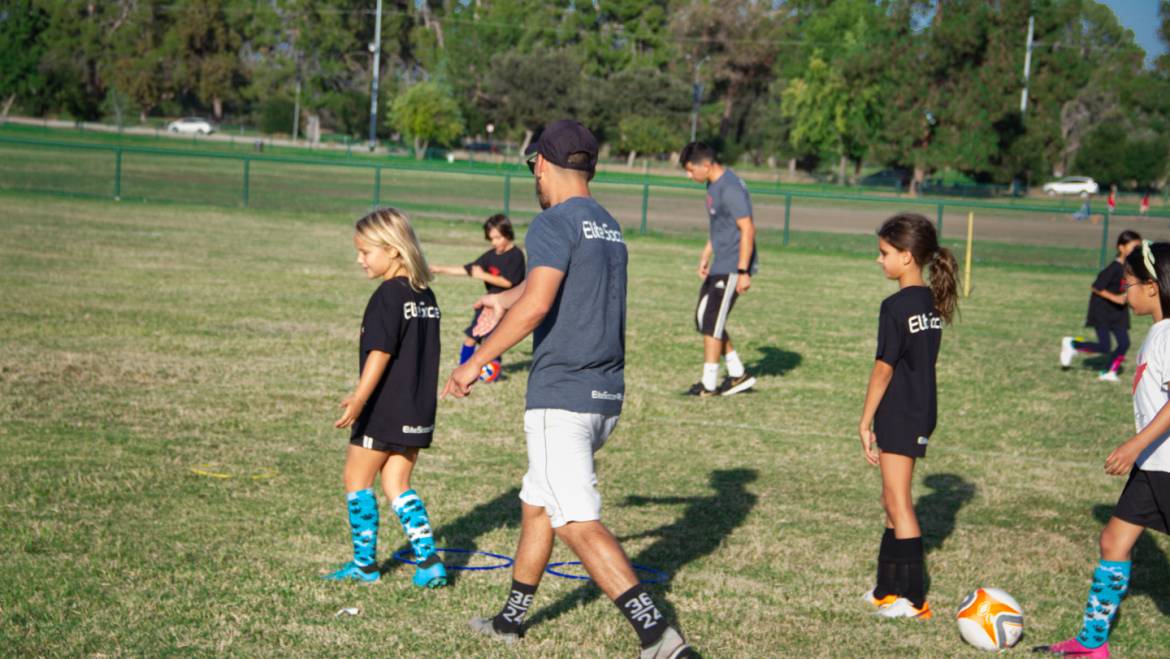Importance of learning different positions
Why Learning Different Positions Is Important At Youth Level
Most professional soccer players play in particular positions for most of their careers. However, a sizeable minority have, for various reasons, had to change positions over time, sometimes more than once. This would not be possible if those players did not develop as youngsters to be versatile and adaptable.
Being able to play in different positions is a requirement for professionalism and a long career in soccer. Coaches rarely stick to static formations or tactics, often tweaking and adjusting their team setup depending on the opponent, due to injuries, suspensions or for some other purpose. Even the most gifted players in the world – Lionel Messi, Cristiano Ronaldo – have to sometimes play out of their preferred positions.
A player’s ability to play in different positions largely develops from work done at youth level. Under the direction of coaches, youth players gain the ability to adapt their physical skills and intelligence to play in positions outside their identified comfort zones. There are many reasons why this is important.
Understanding Soccer as a Team Sport
Playing in different positions helps a player understand the sport soccer on a very practical level. A player learns by experience how each position on the field contributes to the success of a team. Each position is different to an extent, some more physically demanding while others are more mental. Tactical knowledge of the game is improved such that the individual appreciates every player’s input to the balance of a team’s strategy. You truly understand soccer as a team sport when you spend some time in all its departments.
Self-Discovery: Spotting Strengths and Weakness
When a right-footed player has to play on the left side of defense, he may use his weaker left-foot in more situations than he will find comfortable. His left-foot may never become as good as the right but an increase in ability in that foot is very possible which will be useful in the future. Being faced with a challenge for which one is not necessarily naturally suited is best done at a young age when the body is able to physically adjust, when bones and muscles are more amenable to change. The developing nature of the young player’s body makes it necessary to try out different positions because they may become better suited to a position other than the one they set out to play in.
Character Building
Not every young player will find fun in playing in an unusual competition. For example, a tall player who is the most athletic in a team may be the best fit for the striker’s position. However, spending some time playing in central defense could prepare him for the job of standing up to the fellow tall defenders he will encounter in future play scenarios. As more modern soccer teams play with the so-called “ball-playing” central defenders, a future young striker has an opportunity to build character by playing in that position early on. By playing in different positions at a young age, a player realizes the positions they have the least desire for but the experience will earn them some useful tricks and tips.
Necessary for Good Team Players
An understanding of the game gained from playing in different positions is good for producing players who put the team first. When a player has played in a position before, he is better able to sense danger around him in defensive situations and anticipate attacking opportunities. Effective communication is enhanced because the player has a better idea of what the teammates could or could not do from their positions. Good team players are also able to fill in for teammates on the field temporarily: like when a defender goes up for a corner kick and the opposing team begins a counter-attack, or when a teammate has been taken off due to injury and the team has exhausted its share of substitutes.
Improvement of a Player’s Chances
While a young player should have a clear idea what position they want to play in, it is beneficial to have the ability to play in more than one position. A young player who has learned to play in both defense and defensive midfield may have higher chances of being noticed and called upon by coaches than one who is strictly a defender. It does not mean players should not try to be really good at one in chasing every skill; the point is that a utility player comfortable in more than one zone will never be without suitors.
Conclusion
In general, similar to how it is easier to learn the parts that make the whole of a language at a young age, encouraging a soccer player to play in different positions during his youth, helps to produce a more skillful and well-rounded player, whose capacity to adapt to varying situations can only result in making him a team asset.
REFERENCES
Soccer Academy: Youngsters should play all positions http://www.theprovince.com/sports/soccer+academy+youngsters+should+play+positions/10229344/story.html
13 players who thrived after changing positions: Henry, Bale, Pirlo… https://www.planetfootball.com/quick-reads/13-players-who-thrived-after-changing-positions-henry-bale-pirlo/
When Should Kids Pick a Soccer Position? 9 Cases from Pros https://mastersoccermind.com/when-should-kids-pick-a-soccer-position-9-cases-from-pros/
11 most versatile players in football right now
https://www.sportskeeda.com/football/11-most-versatile-players-in-football-right-now


